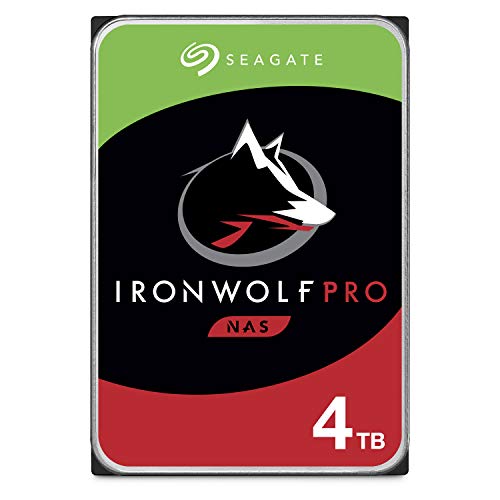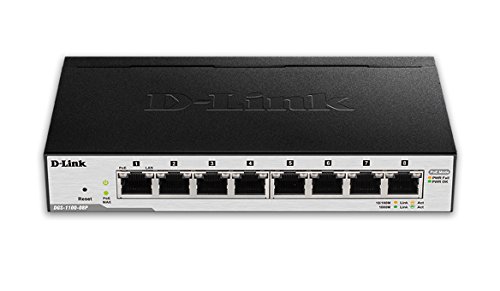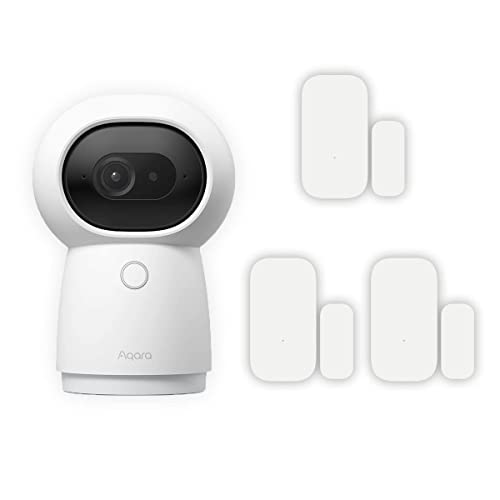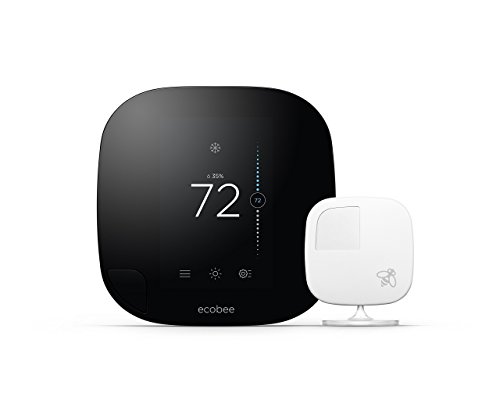Sidecar, the new feature for iPads to be used as another display on a Mac under macOS Catalina, sets certain technical requirements. We’ll tell you what and what you can do when your devices are older.
Sidecar hardware requirements for Macs and iPads
Apple lists in this support document the devices Sidecar works with. The following Macs and iPads are mentioned:
- MacBook Pro introduced in 2016 or later
- MacBook introduced in 2016 or later
- MacBook Air introduced in 2018 or later
- iMac introduced in 2016 or later, plus iMac (Retina 5K, 27-inch, Late 2015)
- Mac mini introduced in 2018 or later
- Mac Pro introduced in 2019
- iPad Pro: all models
- iPad (6th generation) or later
- iPad mini (5th generation)
- iPad Air (3rd generation)
It is noticeable that the models mentioned are all relatively young. If you look at the technical data of the listed models, you will notice that Apple only lists those models as sidecar compatible that offer HEVC/H.265 support, i.e. the current compression codec used by Apple for video.
Apple requires HEVC chips
This technical possibility was introduced in iDevices with the A10 chip – the iPhone 7 was the first to handle the new compression method. All iPads listed above have an A10 chip or better. It is similar with the Macs: they also have an Intel CPU that can decode and encode HEVC via QuickSync. Apple has therefore drawn the line with HEVC suitability, perhaps in order to minimize delays due to better efficiency and not to influence battery life too much.
Alternatives to Catalina’s sidecar feature for older hardware
But what to do if you have some older hardware? Then you don’t need to miss out. For friends of the command line there is a (still unstable) possibility to extend Apple’s restrictive list.
The same function has long been available from other providers.
For everybody else there are several solutions to use an iPad as an external display. Apple has once again “adapted” an idea from the free market and incorporated it into its own operating system. Therefore, there are enough alternatives that also work with older Macs and iPads. In this article we introduce four of them to you.





